Spotting Desert Bighorn Sheep on Your Grand Canyon Rafting Trip On every river trip I’ve taken through the Grand Canyon, the...
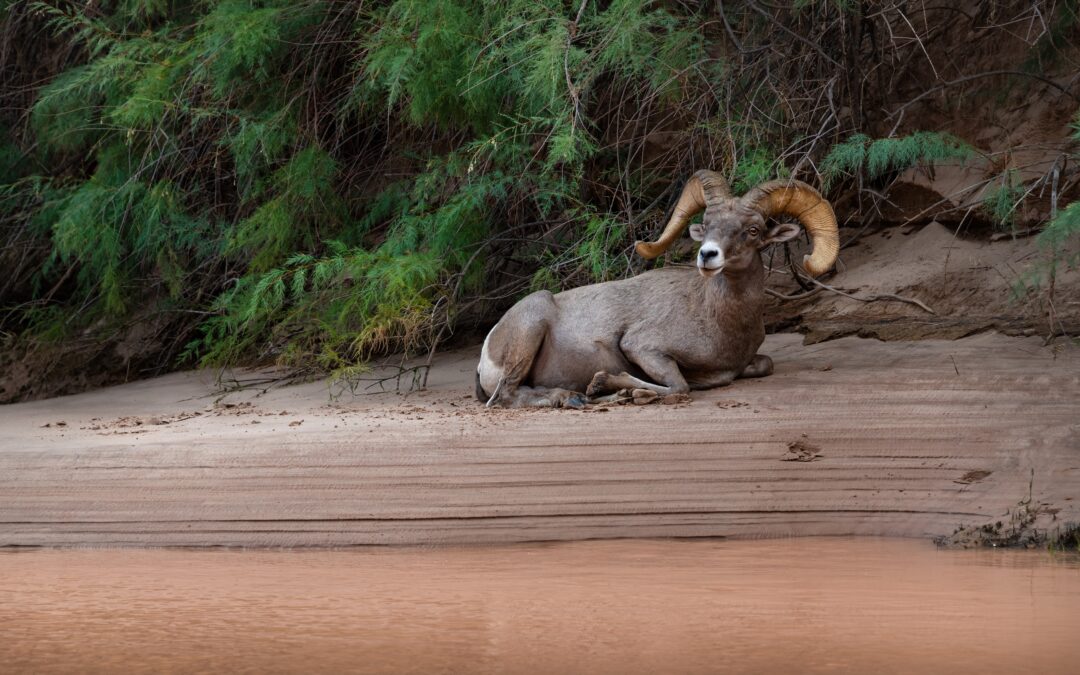

By: Eva Hatch
As a Hatch family member, Eva has seen a lot of fossils!
_______________________________________________________
From human history to stunning views, the canyon has something for everyone, including those with a love of the prehistoric. I’m talking about fossils!
The sedimentary rock layers in the Grand Canyon created the perfect time capsule of life from long ago. Then, the fast-flowing waters of the Colorado River and its drainages acted as the shovel that dug the capsule up allowing us to see what’s inside. So let’s dig in!
Millions of years before the Grand Canyon came into existence, this area was an ocean teeming with life. Today, the canyon’s rock layers preserve images of that life. The canyon’s ocean fossils appear within a group of rocks called the Tonto group which includes Muav Limestone, Bright Angel Shale, and Tapeats Sandstone. Some ocean fossils you may find in Grand Canyon include:

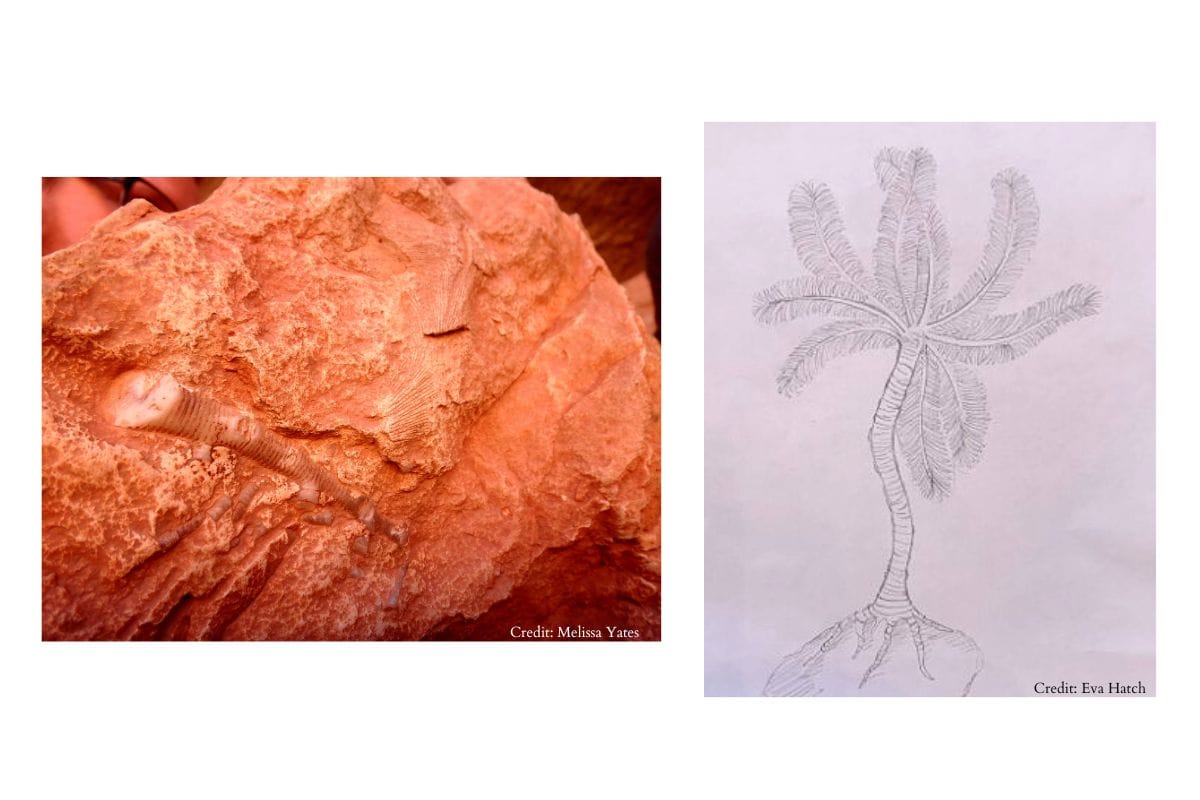
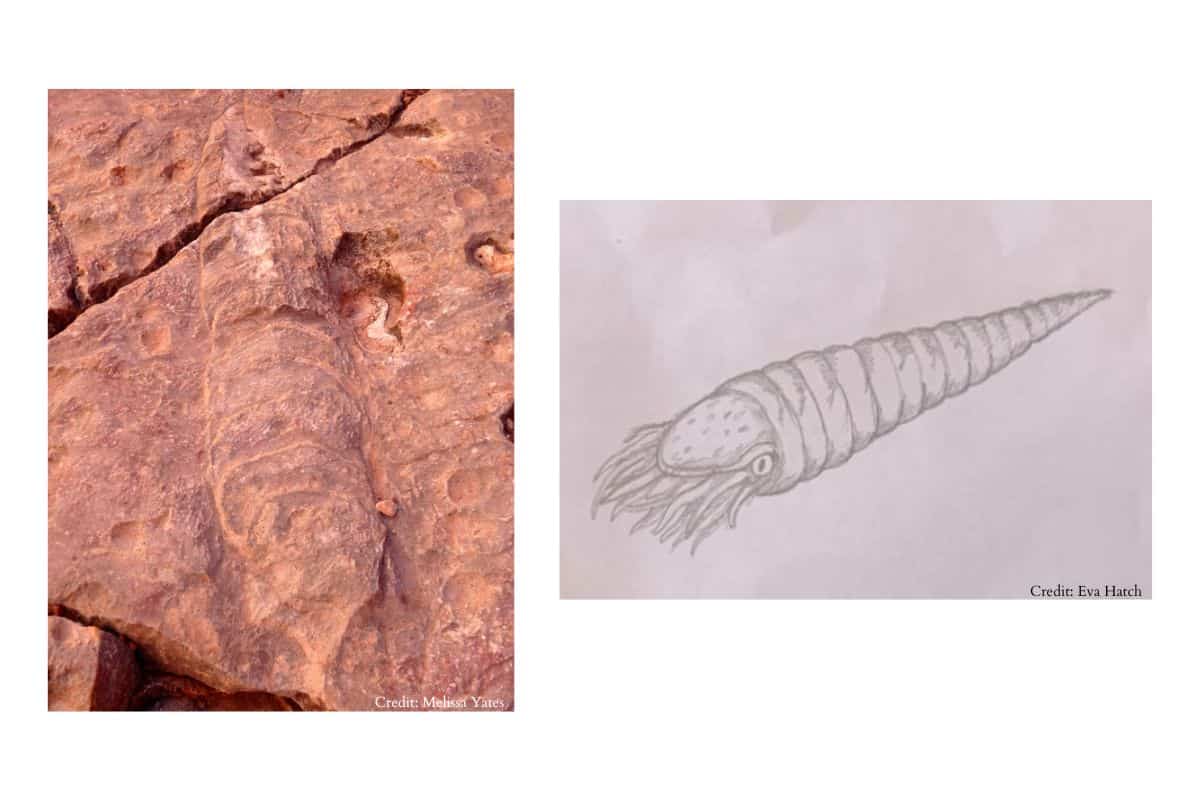

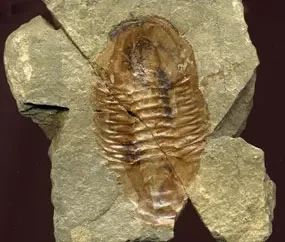
After the ocean receded this area started to boom with life on land. Most of these fossils of plants and creatures living on land come in the form of trace fossils. They show the imprint of the thing being fossilized. Think of pressing a flower into clay and then removing the flower, the outline left behind is like a trace fossil. These fossils can be seen in a group of rocks called the Supai group, Hermit Shale and Coconino Sandstone.
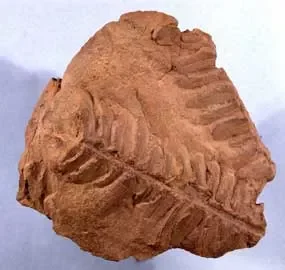

A fossilized Giant Ground Sloth skull was found within a Grand Canyon cave. These sloths were around nine feet tall! They were herbivores that survived off of the native vegetation in the area. Although the skull has been removed from the park, this is still a fun fossil find in the Grand Canyon!
Learn more about Grand Canyon’s fossils from the National Park Service. OR… If you’re ready to become and up close and personal fossil hunter, join us for a rafting expedition!
Spotting Desert Bighorn Sheep on Your Grand Canyon Rafting Trip On every river trip I’ve taken through the Grand Canyon, the animals that get people the most excited are the desert bighorn sheep. And with good reason—these impressive mammals are fascinating to...
The Grand Canyon’s history is filled with fascinating and colorful characters, and one of the most legendary among them is John Hance.
It’s National Parks Week, and this year’s theme is “National Parks Playlist.” Just like music, the Grand Canyon means something different to everyone. We asked you which songs remind you of the Grand Canyon—and you delivered! From tracks that capture the...